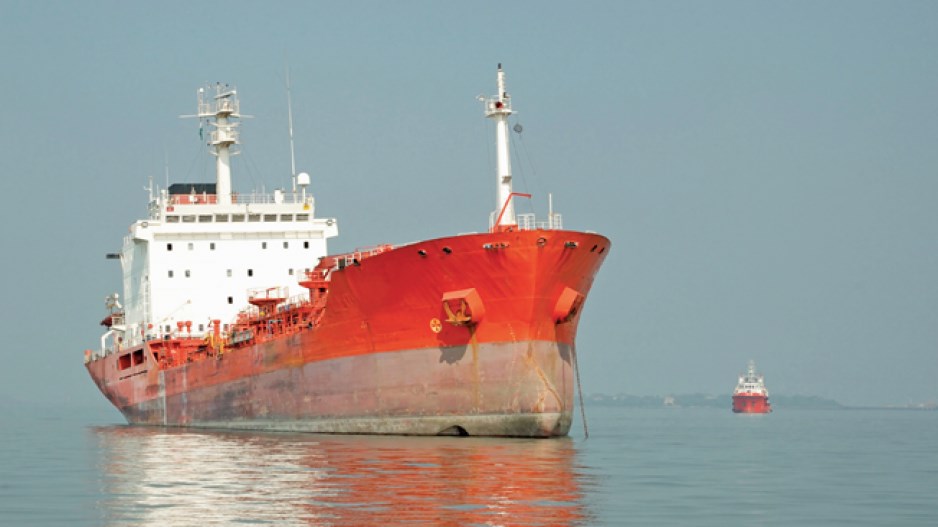China's plans to build a secure trade and transportation corridor across northern Burma to the Bay of Bengal have run up against fervent objections by local people and the Naypyidaw government's worries about the gateway's effects on national sovereignty.
Beijing's state-owned China Railway Engineering Corp. has backed away from a 2011 agreement with the government of Burma, also known as Myanmar, to build a 1,215-kilometre railway from Kyaukphyu on the Bay of Bengal to Kunming, the capital of China's southwestern Yunnan province.
The project was a key element in Beijing's plans to bolster national economic security by using Burma's Kyaukphyu port as a transportation gateway, thus saving ships 5,000 kilometres of sailing through the Straits of Malacca to China's southern ports. Beijing is also wary of the Straits of Malacca shipping route between Singapore and northern Indonesia, which it sees as a choke point where the United States would attempt to blockade essential supplies for China in the event of conflict.
What is as yet unclear is whether Beijing's retreat from the railway project is merely tactical, perhaps in the hope the threatened collapse of the agreement will refocus minds in Burma in favour of the scheme, or if China intends to rethink its entire northern Burma strategy.
On balance, a tactical pause seems more likely. Beijing is already deeply committed to the Kunming-Kyaukphyu corridor. It is already the route of a pipeline from Burma's Shwe natural gas field in the Bay of Bengal, which began operating last year. A parallel oil pipeline is nearing completion and will carry oil to China from suppliers in Africa and the Middle East.
There are also persistent rumours in Burma that China plans to build a highway from its Yunnan border city of Ruili to Kyaukphyu via Burma's central northern commercial hub of Mandalay. A further reason for China not to totally abandon plans for the rail link is that Naypyidaw has plans to establish a 1,000-acre special economic zone (SEZ) at Kyaukphyu. This would be the northern counterpart of SEZs at Thilawa outside the country's commercial centre, Rangoon, and the far less certain Dawei SEZ in the south and would be geared to transportation links with Thailand's capital, Bangkok.
Construction of the Kyaukphyu-Kunming freight and passenger line was estimated to cost $20 billion, and under the 2011 memorandum of understanding (MOU), the Chinese company would have operated the railway for 50 years before handing the infrastructure over to the Burmese government.
But there has been no preliminary work on the project, which was due to be completed within three years of the signing of the MOU, and last week Burma's Ministry of Rail Transportation said the 2011 agreement has expired.
A number of factors have pushed Beijing to stall the scheme. The most immediate one is social upheaval and violence across almost the entire route of the planned railway. There is continuing conflict close to the Chinese border between the Burmese military and local ethnic militias, especially the Kachin Independence Army in Shan state.
To the west the railway route and Kyaukphyu are in Rakhine state, which in recent months has been the scene of extreme violence as Buddhist mobs have attacked the Muslim Rohingya minority. At least 200 Muslims have been killed and 140,000 people displaced.
Another cause for Beijing to pause the railway project is the persistent and vociferous objection of local people, who say it will have an adverse environmental impact and that they will see very little economic benefit from the scheme.
Finally, there has been a very public debate among Burmese politicians about the sovereignty implications of the railway project, especially the 50-year time span of the agreement, which some political leaders say is a threat to national security.
The rebirth is nearly complete of the abandoned Stilwell Road, which gained fame in the Second World War as the hastily constructed route along which supplies were trucked from British India, across northern Burma, to the besieged troops of China's Nationalist Party leader, generalissimo Chiang Kai-shek.
With Burma, also known as Myanmar, rapidly becoming a crossroads for Asian trade after the end of isolationist military rule in 2010, the old road is being reclaimed from the jungle. When the restoration and upgrading are complete, the road named for the United States general who liaised with Chiang, Joseph “Vinegar Joe” Stilwell, will link northeastern India with China's southwestern Yunnan province. It is estimated that the road could lower the cost of transporting goods between India and China by 30%.
The Stilwell Road restoration is, however, only one part of a much more ambitious scheme started about 10 years ago and known as the Bangladesh-China-India-Myanmar Economic Corridor (BCIM). The scheme envisages what has been called a modern Silk Road. This will provide road and rail links between Yunnan's capital, Kunming, in the east through to India's port city of Kolkata in the west, via Burma's northern commercial centre, Mandalay, and Bangladesh's capital, Dhaka, and principal port Chittagong.
There are about 440 million people in the area of the four countries affected by the BCIM agreement.
Not only will the provision of a new transportation network boost inter-regional trade among those people, it will mesh into other road and rail projects already underway linking Southeast Asia with China and India.
The impact of this infrastructure will become increasingly evident next year when the 10 countries of the Association of Southeast Asian Nations are due to create a fully integrated economic alliance modelled on the European Union.




